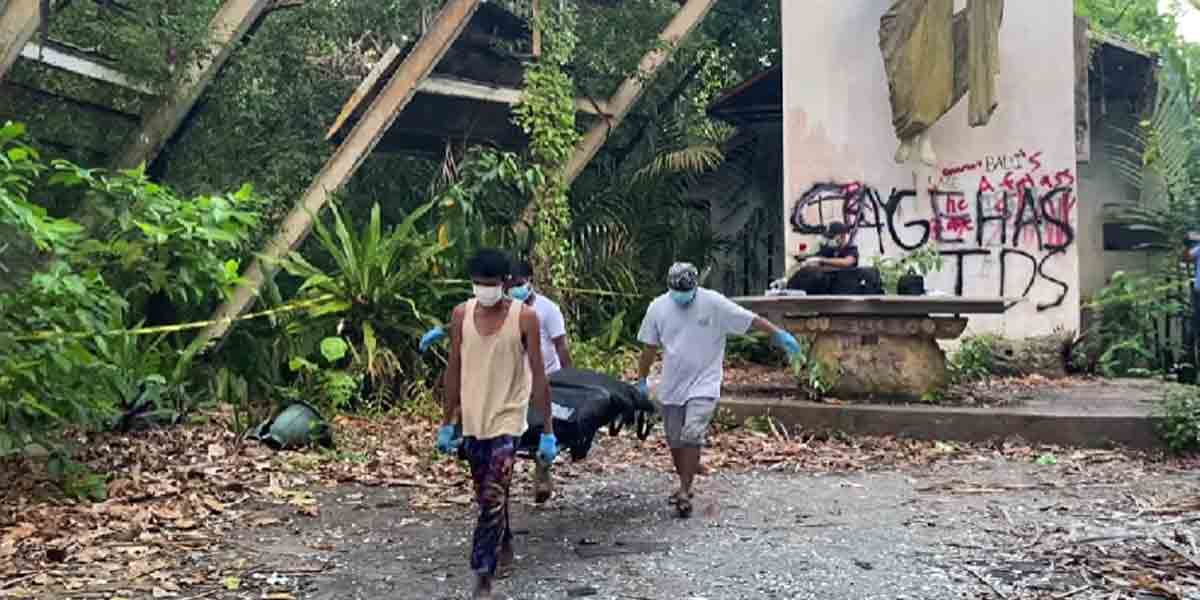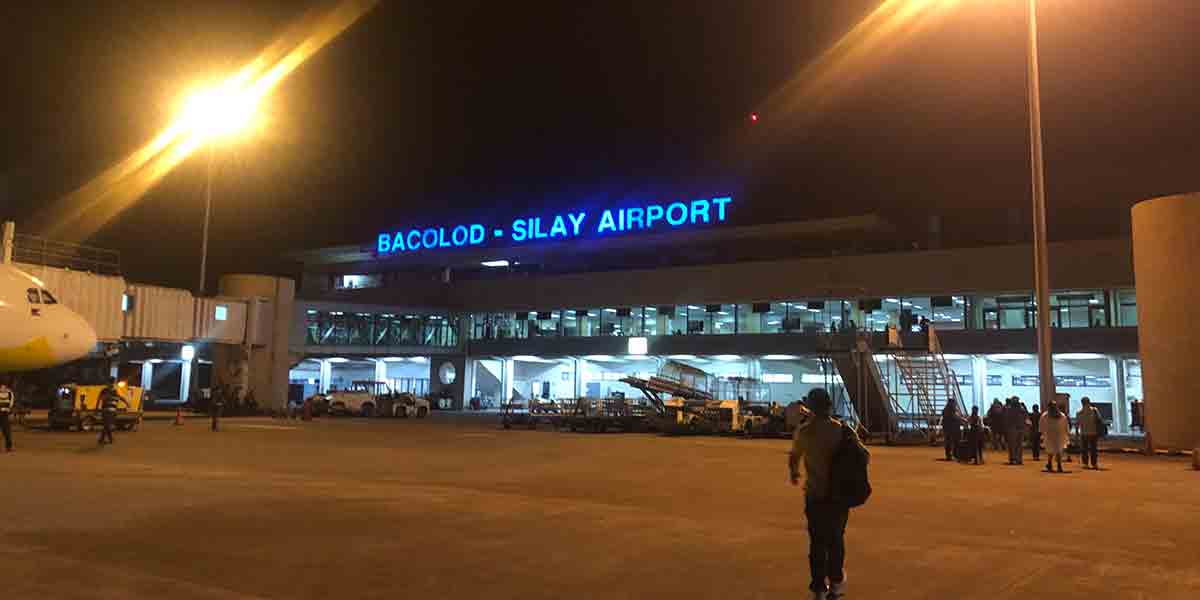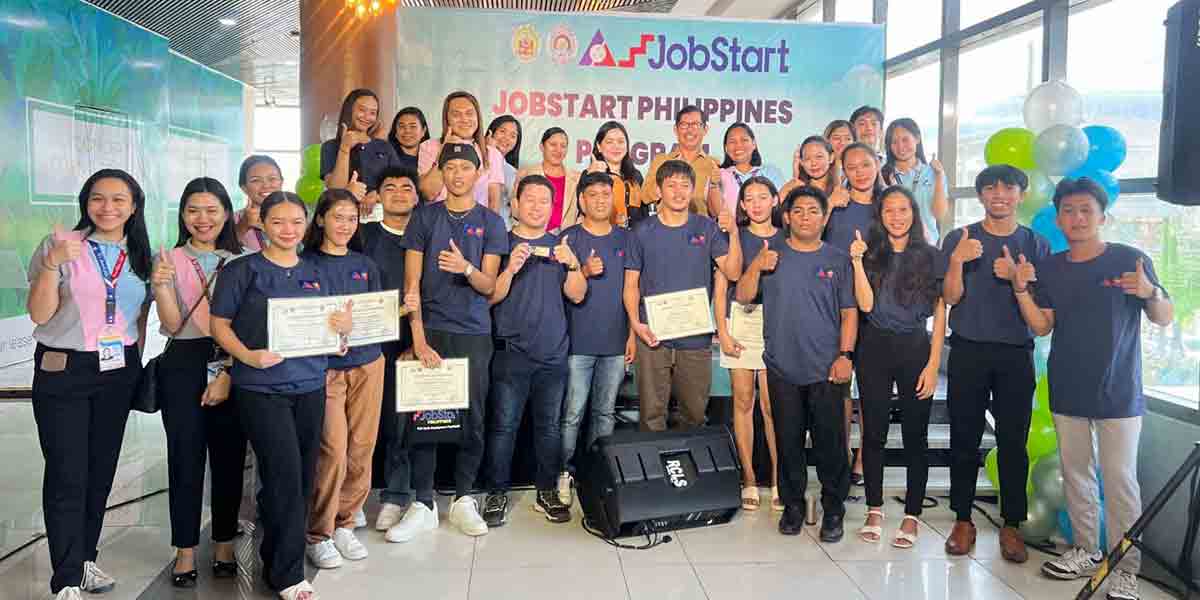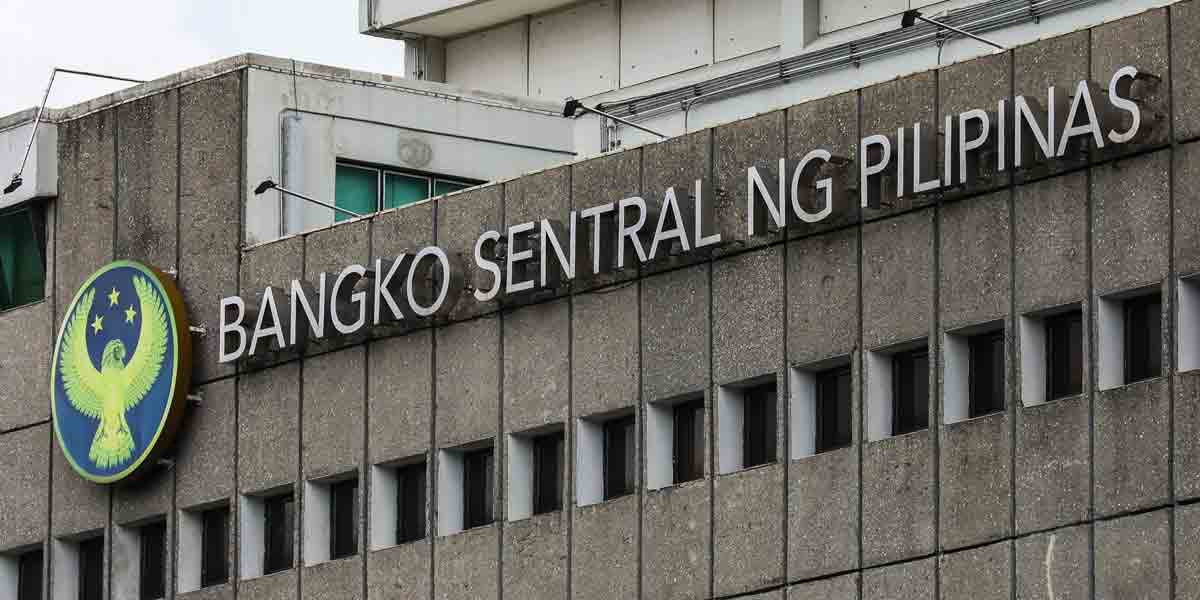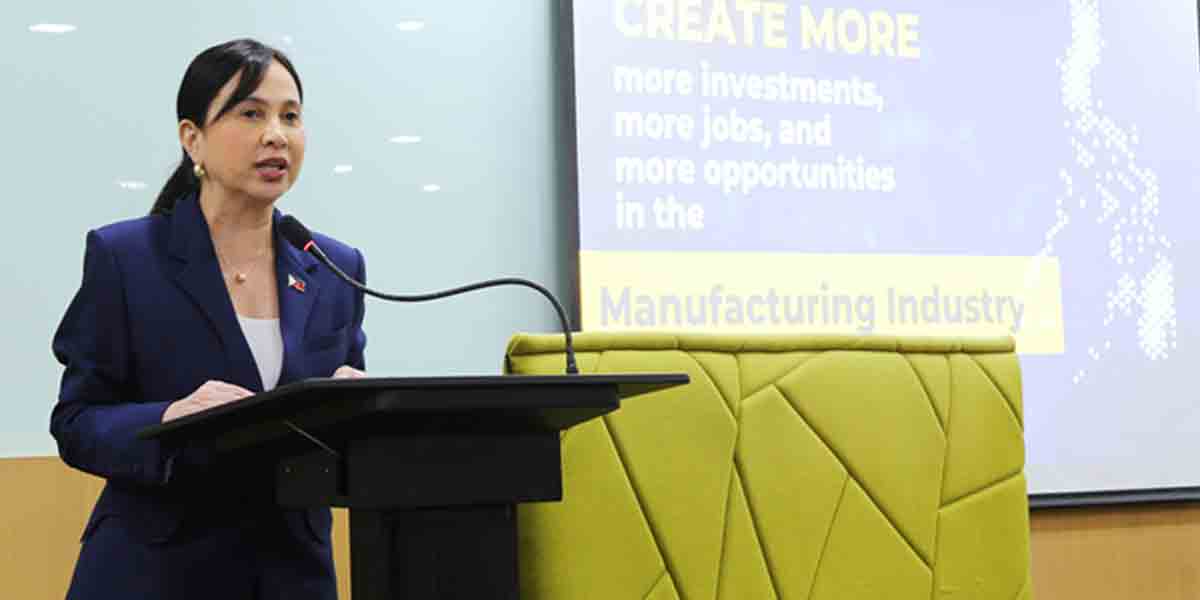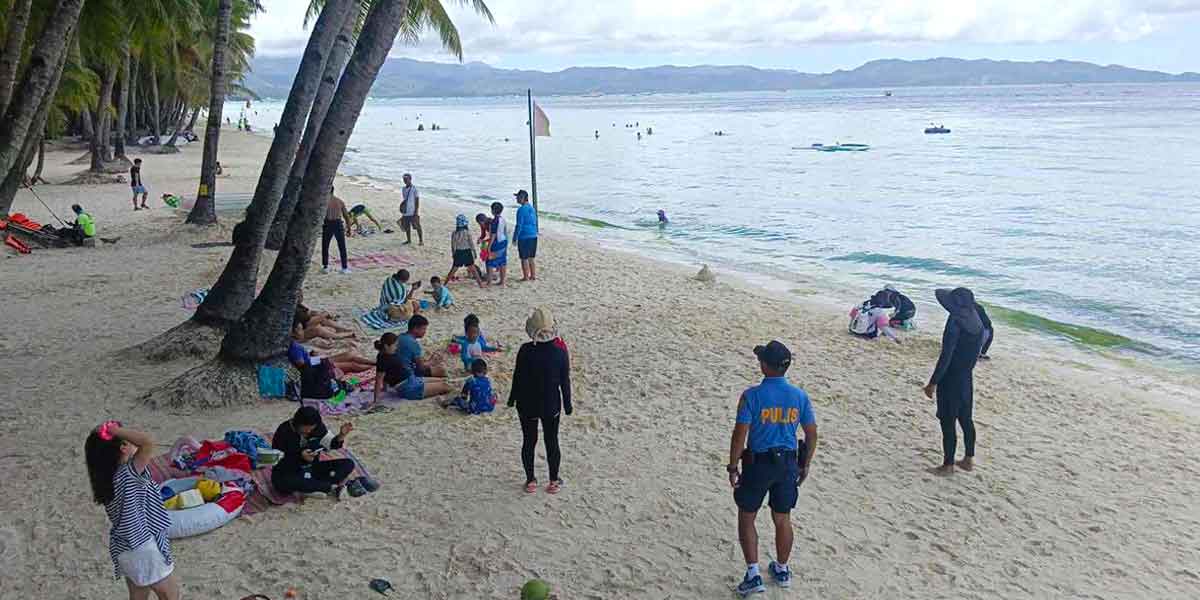
By Joseph Bernard A. Marzan
The Southeast Asian Fisheries Development Center-Aquaculture Department (SEAFDEC-AQD) in Tigbauan, Iloilo kicked off its 50th-anniversary celebrations on Monday by opening two new facilities that will serve as examples of more publicly funded aquaculture facilities in the country.
SEAFDEC-AQD chief Dan Baliao inaugurated the new Black Tiger Shrimp Broodstock and Milkfish Larval Rearing facilities on Monday, July 3.
Agriculture Senior Undersecretary Domingo Panganiban, Bureau of Fisheries and Aquatic Resources-Region 6 (BFAR-6) director Remia Aparri and Iloilo Governor Arthur Defensor Jr. joined the inauguration.
The Black Tiger Shrimp Broodstock Facility aims to supply hatcheries with disease-free shrimp breeders (Penaeus monodon) and contribute to the Oplan Balik Sugpo program to reinvigorate the tiger shrimp industry in the country.
It has four 120-ton broodstock tanks which could hold 1,440 breeders (960 females and 480 males) that can produce 80 million postlarvae annually.
The Milkfish Larval Rearing Facility, meanwhile, is expected to expand the department’s production of fish fry to supply farms.
It has four 500-ton broodstock tanks that can hold 100 breeders per tank, and produce 320 million eggs and 256 million larvae annually, and 12 larval rearing tanks and 12 natural food tanks which are expected to produce 10.8 million to 18 million fish fry per year.
In his welcome remarks, SEAFDEC-AQD research division head Dr. Leobert Dela Peña said that with the new facilities, they may be able to reach their goal of a sustainable aquaculture industry in the whole of Southeast Asia.
“The new facilities (sic) aim to SEAFDEC’s demonstration on technology transfer programs to solve the shortage of aquaculture seeds in the Philippines. These facilities are expected to boost the production of good quality seeds to be made available to fish farmers of the country,” Dela Peña said.
In his message, Baliao said that these new facilities will be instrumental in fulfilling the SEAFDEC-AQD’s mandate of primarily developing aquaculture technologies through relevant research and development.
“Constructing these facilities is costly, of course, but if that is what is needed to catalyze the further development of aquaculture in this country and the whole Southeast Asian region, we can say that that would mean money well-spent,” the department head said.
Defensor said the opening of the two new facilities was timely to his vision of greater food security in the province which was part of his Movement for a Robust, Progressive, Globally Competitive, and Resilient Province of Iloilo (MoRProGRes Iloilo) agenda.
He touted that the provincial government will be looking for opportunities to collaborate with the SEAFDEC-AQD for its thrusts.
“Iloilo is an agricultural province. We want to maximize our agricultural production. That includes fisheries and aquaculture, and in the process, we want to create a value chain in our agricultural products, so that we can generate employment and business opportunities for the agri-tourism industry of the province,” the governor said.
SEAFDEC was established in 1967 with its current mission, adopted in 2017, to promote and facilitate concerted actions among the Member Countries to ensure the sustainability of fisheries and aquaculture in Southeast Asia.
The AQD, established in 1973, is one of its departments, with others housed across the region including its Training Department (Thailand), Marine Fisheries Research Department (Singapore), Marine Fishery Resources Development and Management Department (Malaysia), and Inland Fishery Resources Development and Management Department (Indonesia).
Other SEAFDEC member countries include Brunei Darussalam, Cambodia, Japan, the Lao People’s Democratic Republic, Myanmar, and Vietnam.



